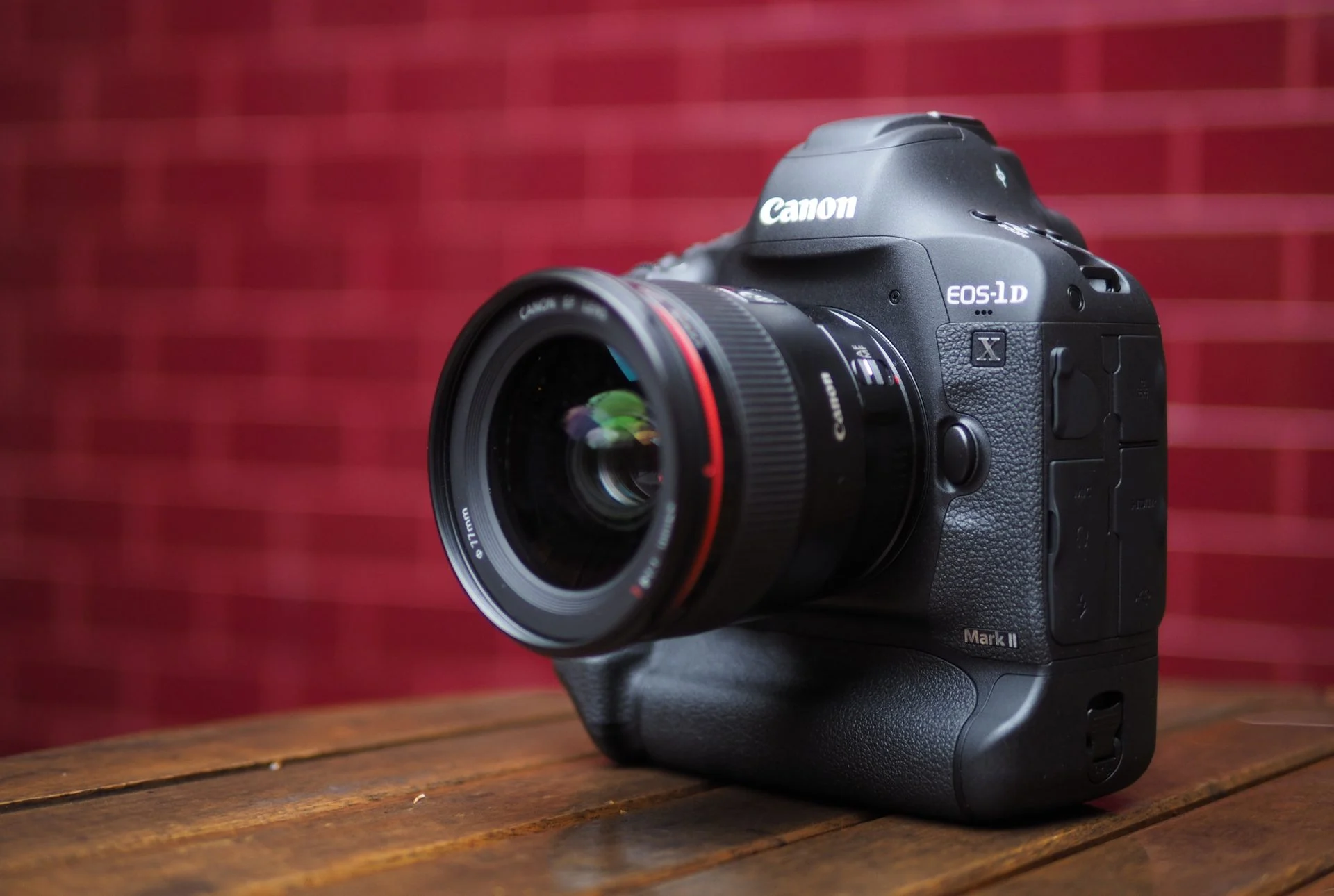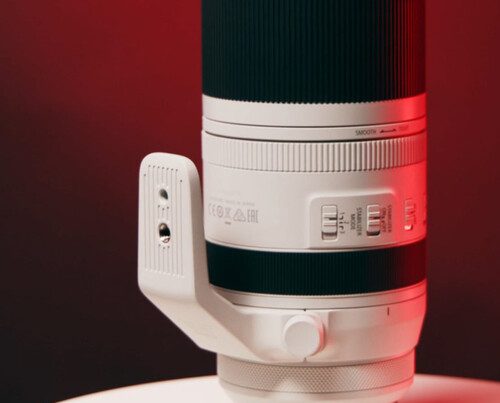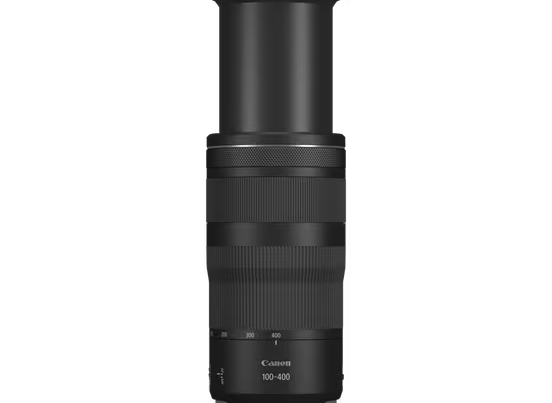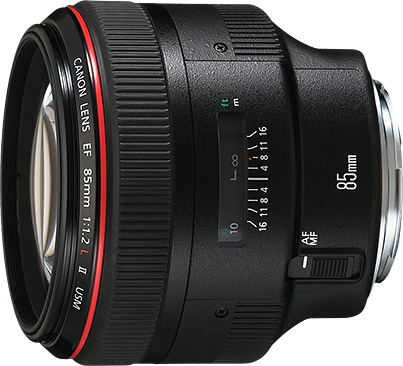Introduction
With all the buzz around mirrorless cameras, it’s easy to assume that DSLRs have taken a back seat. But what if one of them—built almost a decade ago—still holds its ground among today’s giants? Yep, we’re talking about the Canon EOS 1DX Mark II.
If you’re into fast-paced action like sports, wildlife, or even covering live events, chances are you’ve heard about this camera. But in 2025, does it still make sense to invest in it? Let’s break it down, plain and simple.
Table of Contents
- Introduction
- Why the Canon EOS 1DX Mark II Turned Heads Back Then
- Built to Survive Anything: A Rugged Camera for the Real World
- Speed That Keeps Up With the Action
- Is the Autofocus Still Fast Enough Today?
- How It Handles Low Light Situations
- Still a Solid Choice for Video Shooters?
- Battery Life That Lasts Through the Day
- Why Pros Still Love It in 2025
- Where It Falls Short in a Mirrorless World
- Who This Camera Is Still Perfect For
- Is It Worth Buying in 2025?
- Where You Can Still Get One
- Conclusion
- FAQs
Why the Canon EOS 1DX Mark II Turned Heads Back Then
When it launched, the Canon EOS 1DX Mark II wasn’t just another camera—it was a game-changer. With blazing speed, rock-solid build, and professional-grade performance, it was the go-to tool for photographers who couldn’t afford to miss a moment.
Think of it like the off-road SUV of cameras: built for power, built to last, and built to take on anything.
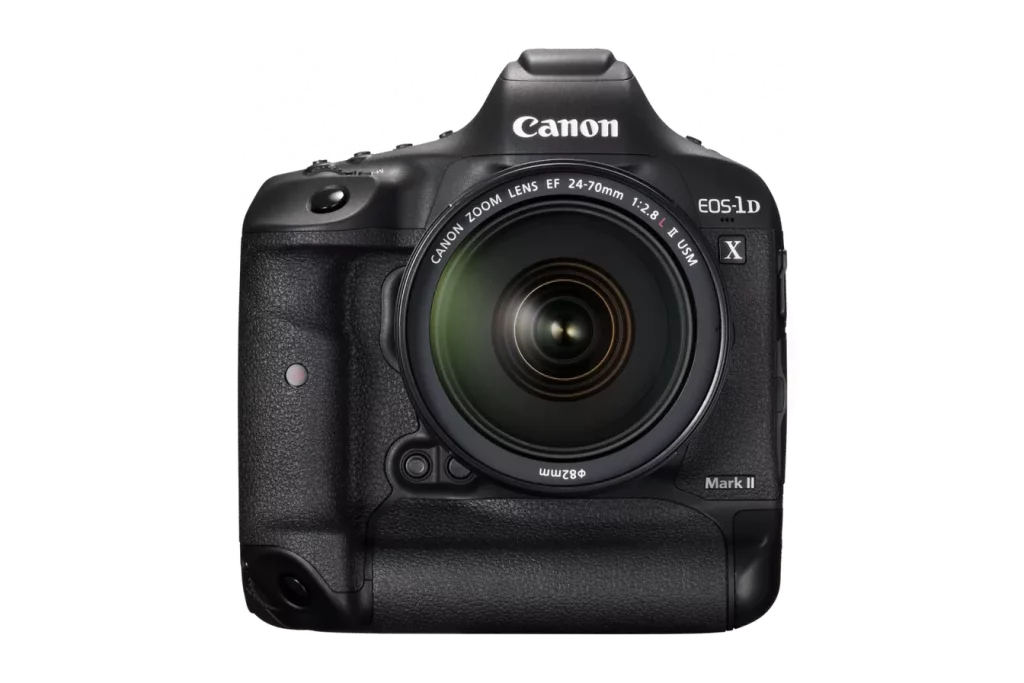
Built to Survive Anything: A Rugged Camera for the Real World
This camera wasn’t designed for casual shooting in your backyard. It was built for the trenches, whether that’s a football pitch, a safari, or a war zone. The Canon EOS 1DX Mark II has a tough magnesium alloy body, tight weather sealing, and a grip that just feels… right.
If you’re a photojournalist, or just someone who doesn’t baby their gear, you’ll appreciate how it can take a beating and keep shooting.
Speed That Keeps Up With the Action
This is where the Canon EOS 1DX Mark II still shines in 2025. It can shoot up to 14 frames per second, that’s like holding down the shutter and hearing a machine gun go off (in a good way). If you shoot sports, wildlife, or fast-moving subjects, you know every frame counts.
It may be nearly 10 years old, but when it comes to fast continuous shooting, few cameras can truly outpace it.
Is the Autofocus Still Fast Enough Today?
Short answer? Yes. Its 61-point autofocus system isn’t just quick—it’s dependable. You know how frustrating it is when your camera hunts for focus just when the perfect shot happens? That rarely happens here.
The Canon 1DX II autofocus performance locks on quickly and sticks to your subject—even in tricky lighting. That’s one of the reasons why it’s still trusted by pros around the world.
How It Handles Low Light Situations
Ever tried shooting in a dim hall or during a late-night concert? Some cameras fall apart in low light. This one doesn’t. The Canon EOS 1DX Mark II has an ISO range that stretches way up, and even at higher settings, it still delivers clear images with less noise than you’d expect.
If you’re someone who covers events, indoor sports, or evening shoots, this is still a low light DSLR for events that won’t let you down.
Still a Solid Choice for Video Shooters?
Surprisingly, yes. Even in 2025, this DSLR with 4K video support still produces stunning video. You get 4K at 60fps and even slow motion in Full HD at 120fps.
Of course, it doesn’t have all the fancy mirrorless features like IBIS (in-body stabilization), but for professional work where you have control over your setup, it’s more than capable.
Battery Life That Lasts Through the Day
One thing mirrorless cameras still struggle with? Battery life. But not this one. You can expect around 1200 shots per charge, which means less time worrying about charging and more time actually shooting.
Whether you’re on a safari or covering a full-day wedding, the Canon 1DX II battery life is one of the best in the business.
Why Pros Still Love It in 2025
So, why do professionals still stick with it? Three things: reliability, performance, and durability. This camera does exactly what it says it will, every single time.
For photographers who make a living from their work, that peace of mind matters. It’s still a trusted Canon DSLR for professionals, even in a market full of mirrorless options.
Where It Falls Short in a Mirrorless World
No camera is perfect. The Canon EOS 1DX Mark II is big, heavy, and lacks some modern features like a flip-out screen or real-time subject tracking via AI.
If portability or cutting-edge tech is a priority for you, this might not be your ideal match. It’s also a bit of a dinosaur when it comes to touch functionality and menus.
Who This Camera Is Still Perfect For
Let’s be real, it’s not for everyone. But if you shoot sports, wildlife, events, or do travel photography in harsh conditions, this camera can still outperform many newer models.
And if you’re upgrading from an entry-level DSLR, you’ll feel the difference immediately.
Is It Worth Buying in 2025?
Absolutely, if you need what it offers. There’s no denying that newer cameras have their perks, but the Canon EOS 1DX Mark II still checks most boxes for working professionals.
Best of all, it’s now more affordable than when it launched. You can shop Canon EOS 1DX Mark II DSLR Camera (Body) and get serious value for money.
Where You Can Still Get One
If you’re looking for a legit source, check out Promallshop for pricing and details. They stock quality gear and offer support that’s helpful post-purchase.
You can also find related gear and comparisons on our blog if you’re still unsure.
Conclusion
The Canon EOS 1DX Mark II may be older, but don’t count it out. It’s still one of the most durable, high-speed, and dependable full-frame DSLRs you can find today. While it’s not for everyone, those who need its strengths know it’s worth every penny—even in 2025.
FAQs
It’s more suited for professionals or serious hobbyists. Beginners might find it a bit too advanced or heavy.
No, it uses CF (CompactFlash) and CFast card slots only—ideal for high-speed data writing.
Mirrorless offers more modern features, but for raw power, speed, and durability, the 1DX Mark II still wins in some pro setups.
Yes, it’s built with full weather sealing, great for outdoor shoots in tough conditions.
Yes, Canon still supports it in many regions. Plus, it’s built like a tank, so you might not need repairs for a long time.


